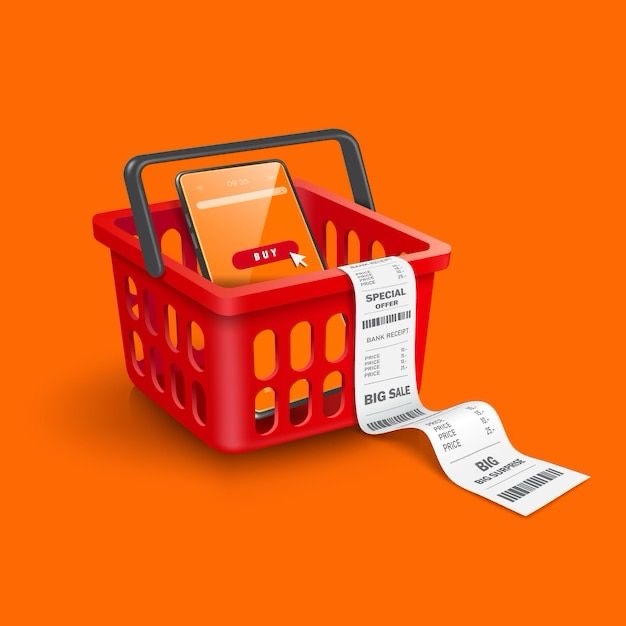Picture this: You’re at your favorite local market in Accra. The sun is shining, and the market is with sellers offering a colorful array of goods. As you stroll through the market, you notice something intriguing. Different vendors are selling seemingly identical products, but the prices vary widely. Ever wondered why that is?
Pricing is an art, and it can make or break a sale. In this article, we’ll delve into the world of pricing strategies, demystifying the art of setting prices that not only attract buyers but also boost your sales in an African setting.

1. Understand Your Costs:
Just like our market example, your pricing journey begins with understanding the cost of your product or service. Factor in the expenses you’ve incurred, from raw materials to labor and overhead. Knowing your costs is your anchor; it ensures that your prices cover your expenses and leave room for profit.
2. Know Your Competition:
In the market, you watch as one vendor’s bright fabrics sell, while another’s pile gathers dust. The difference? Price and competition. Research your competitors to find out what they’re charging. Are you offering something extra, like superior quality or unique features? Price accordingly.
3. Value-Based Pricing:
Think about the value your product or service brings to your customers. Are you solving a problem for them? Are you making their lives easier or more enjoyable? If your product’s unique selling proposition is clear, you can price it at a premium.
4. Perceived Value:
In our market scenario, you notice a vendor who’s wrapped their products beautifully, making them look more appealing. Presentation matters. Invest in packaging and presentation that enhances the perceived value of your offering.
5. Bundle and Discount:
In the market, you see a vendor offering a bundle of products at a discount. Buyers are drawn to a good deal. Consider bundling complementary products or offering discounts for multiple purchases.
6. Psychological Pricing:
Prices like $9.99 instead of $10 or $499 instead of $500 have a psychological impact. It tricks our brains into perceiving the cost as lower. Experiment with these “charm prices.”
7. Trial and Error:
Just as sellers in the market adapt their prices based on customer reactions, be ready to adjust. Start with a price, observe sales, and be willing to fine-tune your pricing strategy based on customer feedback.
8. Local Market Dynamics:
Local factors matter. Consider the economic conditions, income levels, and cultural nuances of your target market in your location. What might work in one region might not be suitable for another.
Conclusion:
Pricing isn’t a one-size-fits-all game. It’s a dynamic art that combines an understanding of costs, the competition, perceived value, and local dynamics. Just like in our Ghanaian market, pricing is a reflection of your product’s worth to your customers.
So, the next time you set your prices, remember the lessons from the market: a good balance between cost and perceived value, strategic bundling, and a keen awareness of local conditions can be your recipe for pricing success. Don’t be afraid to adapt and experiment until you find that sweet spot that brings in the sales.

















